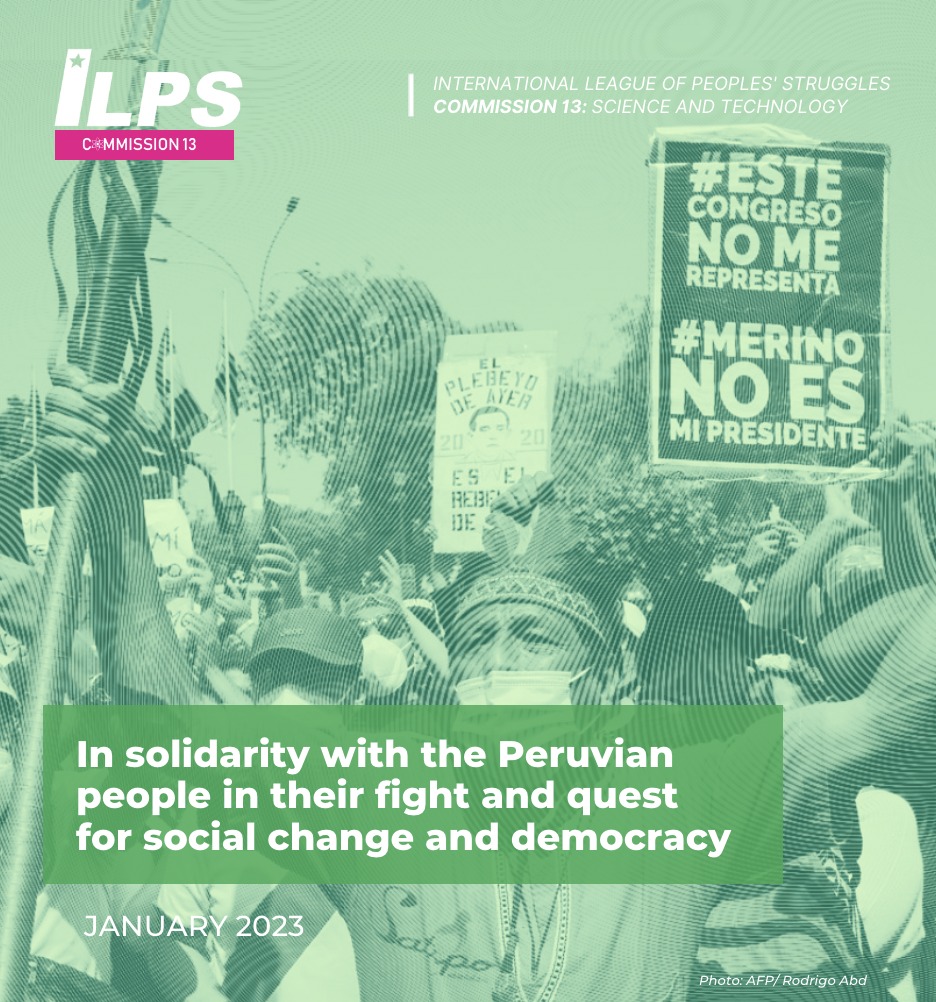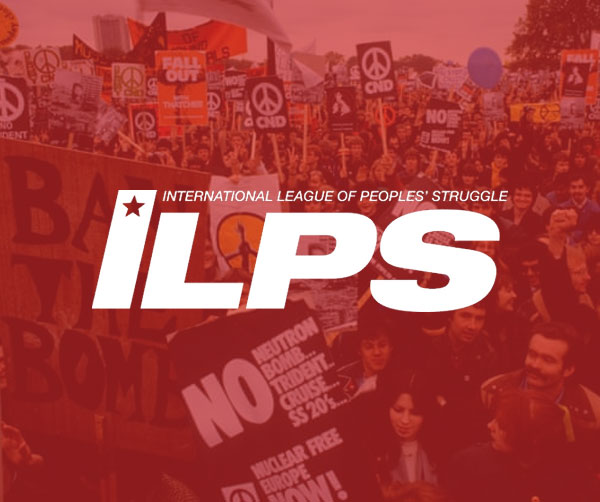Under the socialist banner, Ukraine was part of the 15 republics which comprised the Union of Soviet Socialist Republics (USSR) which was established in 1922. It was the first socialist state in the world where rapid industrialization happened, particularly in Ukraine.
In pre-socialist Ukraine, industry was severely damaged during the First World War and the Russian civil war. After these wars, reconstruction of Ukraine and the whole USSR proceeded swiftly. Ukraine’s industry regained its prewar output level by 1928. It was rapidly developed under the socialist rule before the Second World War.
Based on official Soviet statistics, the output of Ukraine’s large-scale industry increased 5.5 times between 1928 and 1937. Even Western revised estimates, Ukraine’s total industrial output between the two benchmark years increased 3.4 times; the output of machine building and the metalworking industry increased 6.1 times; and of other producer-goods branches, 3.1 times. Either statistic points to significant growth or development of Ukraine industry during the said period. [1]
The capital assets in Ukraine increased because of heavy investment in industrial development. The number of workers increased between 1929 and 1940 from 855,000 to 2,213,000, or 2.6 times. One of the factors of the increase was the migration of Russian workers into Ukraine. As a result, several important heavy industry enterprises were constructed during this period, including the Kharkiv Tractor Plant, the Dnipro Hydroelectric Station, the Zuivka, Siverskodonetske, and Kryvyi Rih state regional power stations, the metallurgical plants Azovstal in Mariupol and Zaporizhstal in Zaporizhia, and machine building plants in Kyiv and Kramatorsk. [2]
This is also the time when science and technology in Ukraine and whole of the USSR quickly flourished.
Capitalist restoration, deindustrialization
Fast forward, Ukraine was re-established in 1991 as the Soviet Republic disintegrated because of capitalist restoration since the late 1950’s. Ukraine’s economy contracted annually between 9.7% and 22.7% in 1991–1996. The country experienced hyperinflation and an exceptionally huge production decline for a country not ravaged by a war. Its total agricultural output drastically declined starting in 1990. In 2019, Ukraine, known as the breadbasket of Europe, has not yet reached the total value of agricultural output it had produced before the 1990’s. [3]
Ukraine since its re-establishment also experienced deindustrialization. From 2000 to 2009, the share of manufactured goods in Ukraine’s exports declined from 45.1 to 36.1 percent. [4] Privatization of state enterprises was the order of the day which created havoc to the Ukraine economy. In 1991, Ukraine was the 21st largest economy in the world, and in 2017 the country ranked 50th. [5]
This resulted in decreasing standard of living and increasing incidence of poverty in Ukraine.
Pro-US NATO Regime
The economic reforms being offered by the EU and the International Monetary Fund (IMF) were rejected by the democratically elected Ukrainian President Victor Yanukovych in November 2013. He and the elected government reasoned that the economic reforms will further worsen the economic crisis of the country.
He was ousted by a coup d’etat which was supported by the US and European Union (EU) in February 2014. The new administration came from right-wing and ultra-nationalists who favored aligning themselves to US and NATO.
The pro-Western and anti-Russia regime promised a better economic condition and political stability to Ukrainians then signed the EU and IMF economic agreements. But what happened shows otherwise. In just two years, between 2013 and 2015, gross domestic product (GDP) in Ukraine has been dramatically reduced to half its amount. Ukraine’s economy shrank by 6.8% in 2014, and this continued with a 12% decline in GDP in 2015.
The inflation rate has risen to almost 50 percent, the second highest rate around the world. In 2018 the IMF reported that of all the countries in Europe, Ukraine had the lowest GDP per capita. [6]
On top of this, the ultra-nationalist regime launched fascist attacks against peoples particularly in eastern Ukraine who identified themselves more to Russia. This state-sponsored attack resulted in civil war in Donbass region while Crimea voted to secede and join Russia. Around 14,000 people have died because of this conflict. According to the UN Office of the High Commissioner for Human Rights (OHCHR) from 14 April 2014 to 30 September 2021, OHCHR recorded a total of 3,095 conflict-related civilian deaths. The number of injured civilians is estimated to exceed 7,000. [7]
Imperialist War in Ukraine
The US and NATO have been instigating for a long time the war in Ukraine. By expanding its reach beyond NATO member countries and into Ukraine, it continues to drum up war and lure Russia into armed confrontation. The US-NATO fully supported the right-wing regime of President Volodymyr Zelenskyy and its military attacks in eastern Ukraine.
The US has spent at least $4 billion in military assistance to Ukraine since 1991, with over $2.7 billion since the 2014 coup. The country has also received more than $1 billion in military aid from the NATO Trust Fund.
In January 2022, with tensions along Ukraine’s eastern border at an all-time high, the U.S. began delivery of an additional $200 million in lethal and non-lethal aid directly from Department of Defense stockpiles. Britain, Turkey, the Czech Republic, and Germany have also all provided both lethal and non-lethal military assistance, including drones, anti-tank missiles, artillery, and training.
Even with transfers from other partners, the U.S. remains Ukraine’s largest military aid benefactor, approving $650 million in defense assistance to Kyiv in just the past year.[8]
The current military conflict in Ukraine is between US-NATO and the ultra-nationalist Zelensky regime against the people of Donbas, Crimea, and Russia. The US, European Union, NATO, and Russia have their own imperialist interest to pursue in the armed conflict in Ukraine. It is very rich in natural resources. The country is abundant in minerals and energy resources such as coal, shale gas, uranium, titanium, iron, and manganese. It remains both an agricultural and industrialized country.
It has the largest arable land in Europe and is producing so many agricultural products for exports. It still has a vast rail network and produces capital goods such as power energy turbines. It is one of the reasons why imperialist countries are drooling to control and want to dominate Ukraine.
The International League of Peoples’ Struggle Commission on Science and Technology for People’s Development (ILPS XIII) is against the imperialist war in Ukraine. The US-NATO intervention and aggression in Ukraine should be opposed while Russia should respect the sovereignty of Ukraine and its people.
Along with these calls, we firmly support the right of the people of Crimea, Donetsk, Luhansk, and the rest of Donbas Region to self-determination and national liberation.
No to imperialist wars. Fight US-NATO intervention in Ukraine!
[1] Industry. Internet Encyclopedia of Ukraine. http://www.encyclopediaofukraine.com/display.asp… [2] Ibid. [3] Agricultural output of Ukraine, 1961-2019, https://ourworldindata.org/grapher/agricultural-output-dollars?country=~UKR [4] Pekka Sutela, The Underachiever: Ukraine’s Economy Since 1991, Carnegie Endowment for International Peace, March 9, 2012, https://carnegieendowment.org/…/underachiever-ukraine-s… [5] Privatization in Ukraine as a Deterrent to the Innovative Development of the National Economy. Studies of Applied Economics. Volume:39-5, May 2021 // ISSN: 1133-3197 [6] https://en.wikipedia.org/wiki/Economy_of_Ukraine [7] Office of the UN High Commissioner for Human Rights (OHCHR), Conflict-related civilian casualties in Ukraine, 8 October 2021, https://ukraine.un.org/…/Conflict-related%20civilian… [8] https://www.stimson.org/…/u-s-military-assistance-to…/


